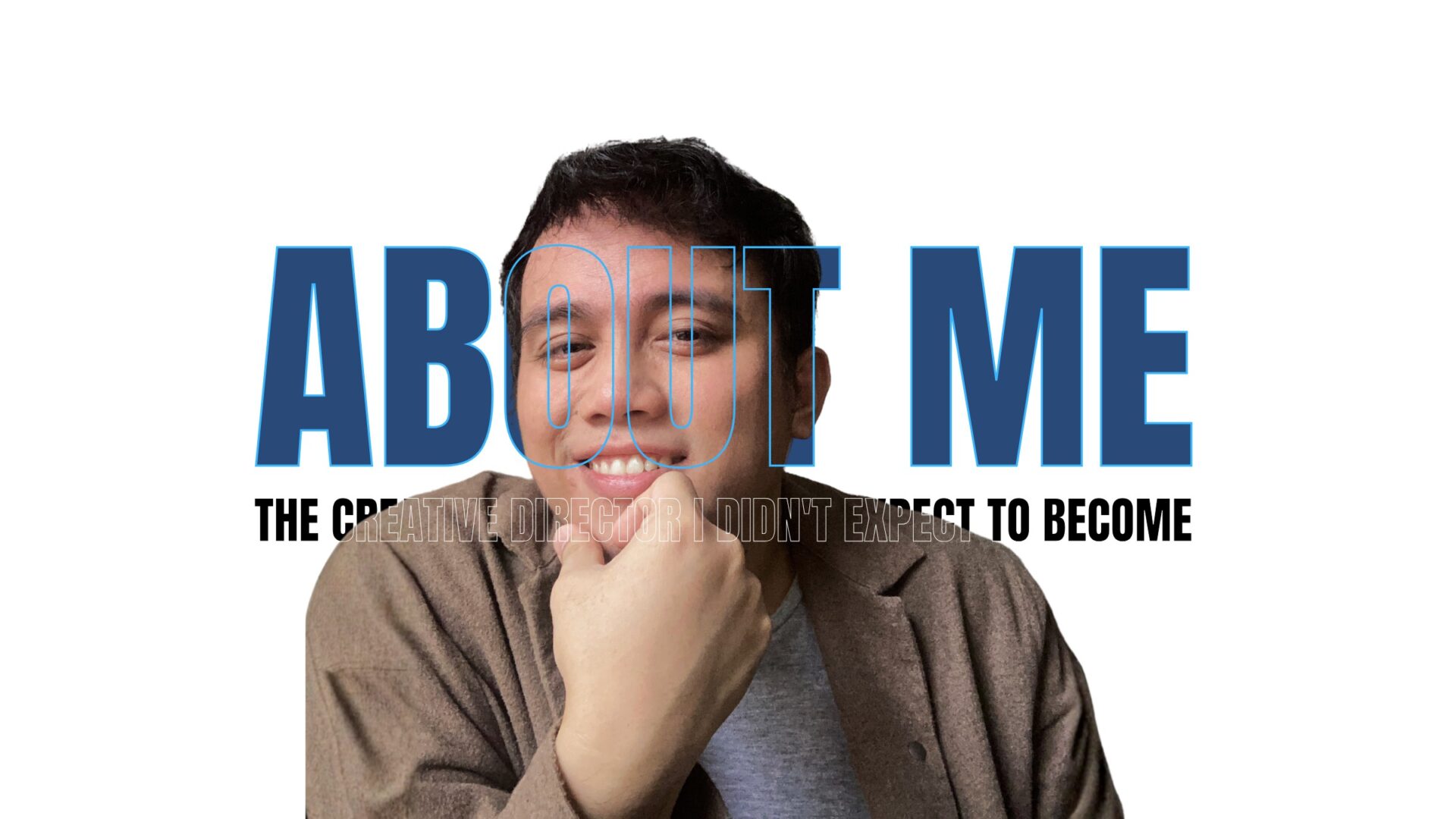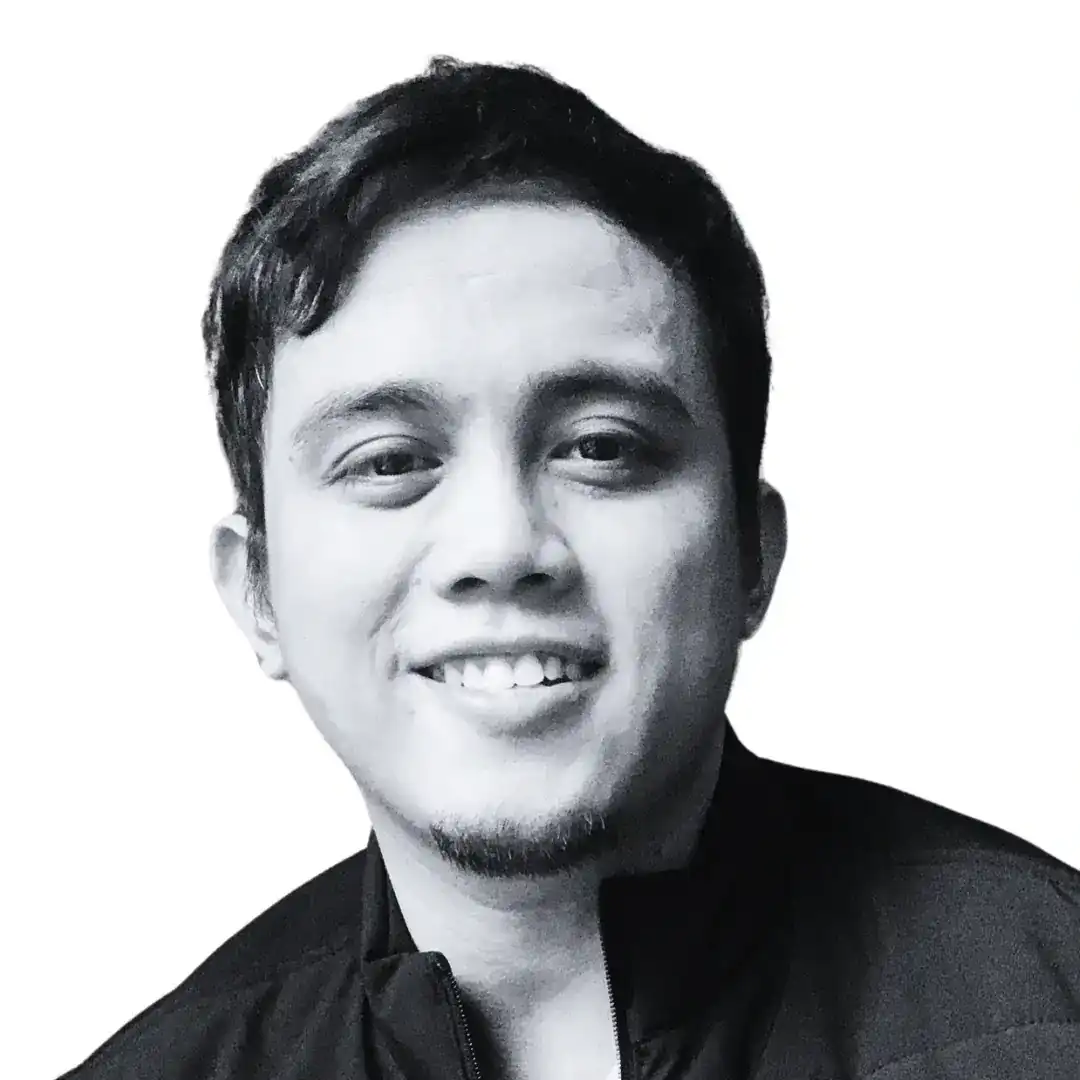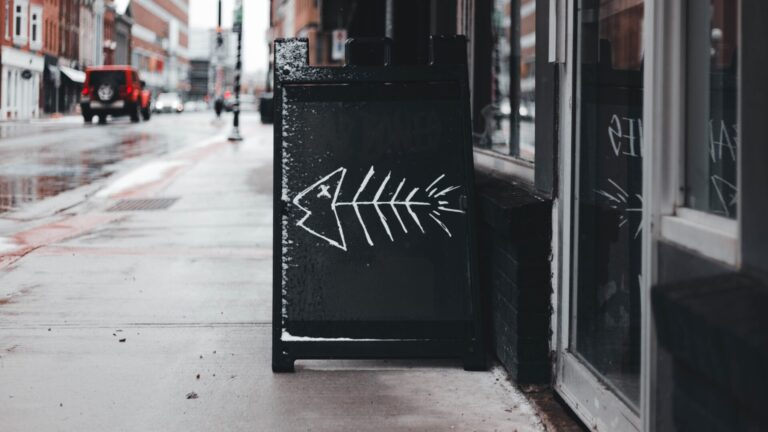A bottle of water costs 50 cents at a convenience store, 3 at an airport, and 50 in the desert. Same water, different value. Context changes everything – including how we see ourselves.
I never set out to become a creative director. If you’d told my 2008 self, fresh out of college with an Advertising and PR degree, that I’d one day be leading brand strategies for clients across continents, I would have laughed. Not because I didn’t want it, but because the path seemed so impossibly linear, and my life was anything but.
The creative industry loves origin stories that follow a neat trajectory: art school, junior designer, senior designer, creative director. Mine reads more like a GPS that kept recalculating the route. Graphic artist for a year, then ten years in customer service at a BPO. Not exactly the portfolio builder most creative directors would recommend.
But here’s what I learned in those call centre cubicles that no design school teaches: decision making under pressure. When you have thirty seconds to solve someone’s problem while they’re yelling at you, you develop a different kind of creative thinking. You learn to organise thoughts quickly, improve processes on the fly, and find solutions within impossible constraints.
David Ogilvy once said, “The creative process requires more than reason. Most original thinking isn’t even verbal. It requires ‘a groping experimentation with ideas, governed by intuitive hunches.’” Those hunches? They’re sharpened by necessity, not just inspiration.
When I moved into email marketing leadership back in 2018, I discovered something crucial about creativity: it’s not just about making things beautiful. It’s about making things work. Leading a team taught me that the best creative solutions come from understanding people. Their motivations, their frustrations, their unspoken needs. Every brand guideline I write now carries traces of those late night brainstorming sessions where we had to figure out how to make our message cut through the noise of someone’s inbox.
Then 2023 happened. The pandemic didn’t just pause careers; it rewound them. Eleven months unemployed. Savings gone. Applications rejected. I found myself applying for warehouse positions, willing to bag groceries. Anything to keep moving forward. The creative dreams felt like luxury I couldn’t afford.
But creativity has a way of surfacing, even in survival mode. I started designing logos for friends’ pandemic startups, creating flyers for small businesses pivoting to delivery. One off projects that barely paid rent, but they reminded me of something important: brands aren’t just visual systems. They’re lifelines for businesses trying to stay afloat.
Stefan Sagmeister talks about the importance of taking sabbaticals, but sometimes life forces them on you. My unemployment wasn’t a sabbatical. It was a reckoning. It stripped away every assumption I had about my career and forced me to rebuild from the foundation up.
The breakthrough came through a friend’s referral to Opdee, a small digital agency in Australia looking for a graphic designer. Instead of just submitting a portfolio, I created a complete brand guideline proposal for one of their clients. Not because they asked for it, but because I understood something that my decade in customer service had taught me: people don’t just buy what you can do; they buy what you can solve.
That proposal became my ticket in. Not as the creative director I am today, but as a brand specialist with something to prove. The promotion to creative director came later, built on trust earned through late nights perfecting colour palettes and early mornings presenting strategy decks to clients who needed to believe their brand could compete with companies ten times their size.
Paul Rand said, “Design is not just what it looks like and feels like. Design is how it works.” But I’d add this: creative direction is not just how the design works. It’s how the entire brand ecosystem works together. It’s understanding that a logo needs to function at 16 pixels on a mobile screen and 16 feet on a billboard. It’s knowing that brand consistency isn’t about rigid rules; it’s about creating a flexible system that maintains its integrity across every touchpoint, from business cards to social media campaigns.
The technical skills. Typography, colour theory, design principles. Those can be learned. What can’t be taught is the perspective that comes from understanding what it feels like when your livelihood depends on making something work. When you’ve sat across from a small business owner who’s invested their life savings into a dream, you approach brand strategy differently. Every design decision carries weight because you know what’s at stake.
Today, when I’m building brand guidelines, I think about scalability not just in terms of design assets, but in terms of human capacity. Can a solopreneur implement this brand system, or does it require a team of specialists? When I’m presenting creative concepts, I draw on those years of explaining complex solutions to frustrated customers. The ability to translate creative vision into business language isn’t just helpful. It’s essential.
The creative director I’ve become isn’t the one I expected to be, but maybe that’s the point. The detours weren’t detours at all. They were the scenic route to a perspective I couldn’t have gained any other way. Every seemingly unrelated experience contributed to a toolkit I use daily: customer service taught me empathy, team leadership taught me collaboration, and unemployment taught me resilience.
We often talk about finding your voice as a creative, but sometimes your voice finds you through the experiences you never planned to have. Mine is informed by understanding what it means to need something to work, not just look good. It’s shaped by knowing that behind every brand brief is a human being with hopes, fears, and bills to pay.
The water in the desert costs more not because it’s different water, but because context creates value. My unconventional path to creative direction isn’t a bug in my career story. It’s a feature. It’s what allows me to see brand challenges through multiple lenses and create solutions that work in the real world, not just in award show presentations.
Sometimes the creative director you become is exactly the one the world needs, even if it’s not the one you planned to be.



